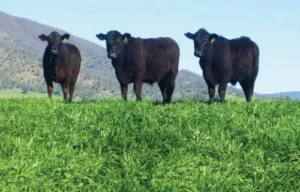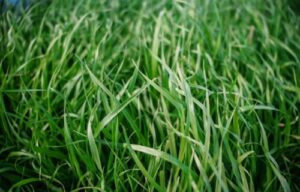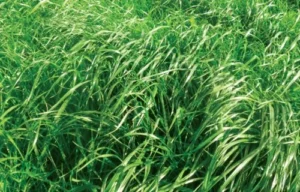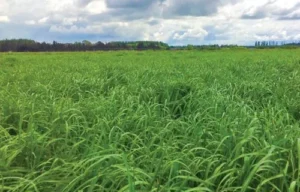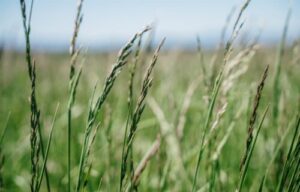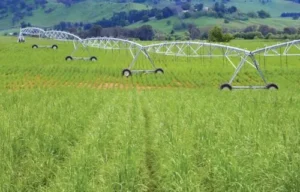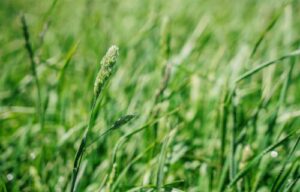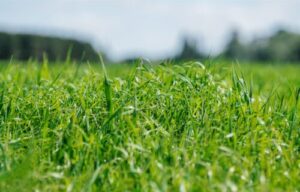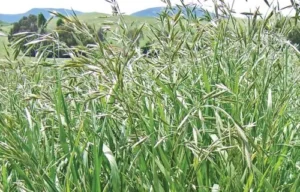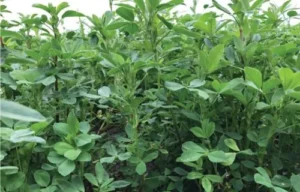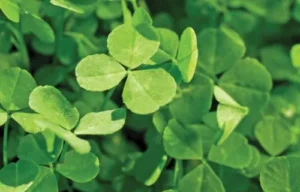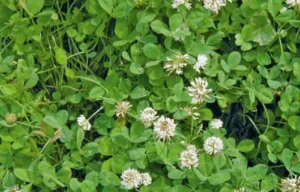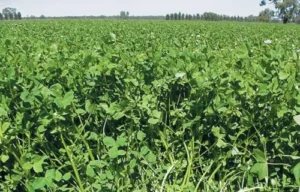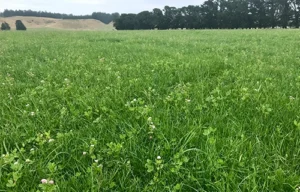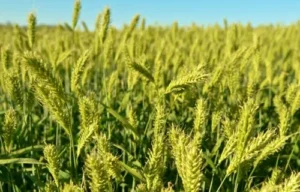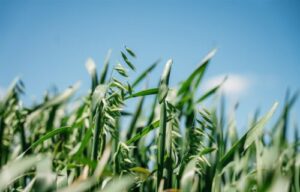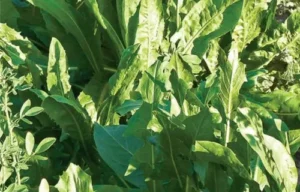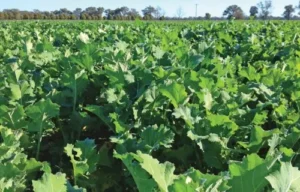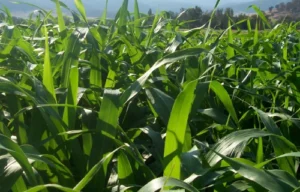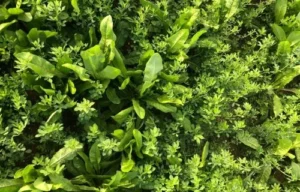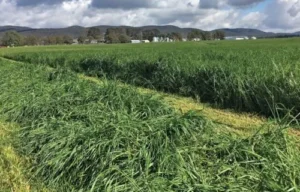AberNiche
Festulolium
AberNiche is an interspecies cross (Italian-type ryegrass x meadow fescue) i.e. a hybrid grass, adapted to a variety of stress conditions, particularly drought. Festulolium combines the abundant yield, or quality trait, of Italian ryegrass with the persistence and deeper root system of meadow fescue.
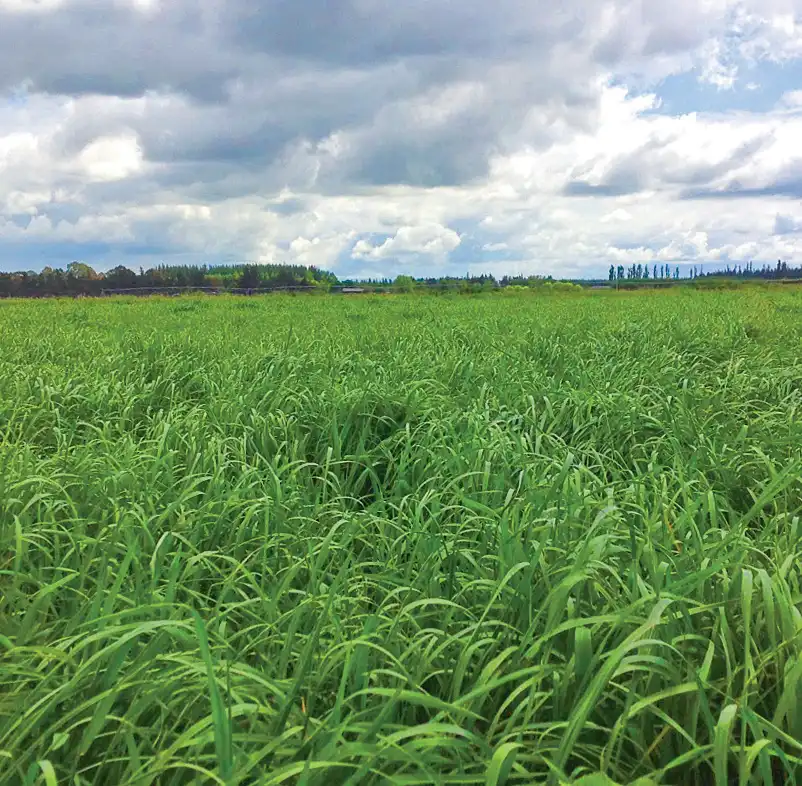
Scientific Name

Festulolium braunii
Sowing Rate

20 – 25 kg/ha
Blend Rate

10 – 15 kg/ha
Maturity

Early
Award is an early-flowering variety which is slightly later than traditional Victorian types.
Days to flowering relative to Nui (0) = -8
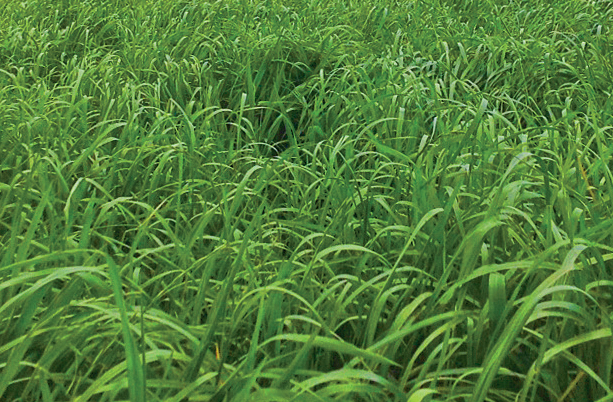
Key Features
Extremely persistent
Reliable dry matter production
Improved tolerance to hot dry summers
Plant Characteristics
Diploid perennial ryegrass
Designed to persist onwards of 7-10 years under suitable conditions
Where can I grow it?
Medium to high rainfall zones
Frequently Asked Questions
Soil Type
AberNiche is best suited to well-drained loam soil types but adapts to a wide range of fertility levels and soil profiles. AberNiche will cope with some waterlogging for short periods of time provided the growing tip is above water. To maximise stand productivity, soil testing is advisable. Analyse soil and neutralise deficiencies with fertiliser and/or lime
Fertility
Good base rates of phosphorus are necessary for maximum DM production especially during establishment phase. DM production is directly related to nitrogen availability. Consult your UMS agronomist or fertiliser advisor for nitrogen application rates.
Sowing
Sow at 20-25kg/ha alone or 10-15kg/ha when a component of a pasture mix. Preferable to sow in warmer soil conditions such as early autumn. Can also provide a spring sowing option to produce summer feed under irrigation or with good rainfall.
Disease and Pest Management
During emergence it is essential to monitor regularly for damage from insects such as RLEM and lucerne flea, and spray as required. Inspect during early stand life for populations of black-headed cockchafer and slugs. Contact your UMS agronomist for spray application rates.
Weed Control
AberNiche is very competitive as both a seedling and established plant. Always use a knockdown herbicide to ensure you are sowing into a clean seedbed. Monitor for post-emergent weeds and spray as required. Use options such as spray-grazing for broadleaf weeds.
Grazing
Do not graze AberNiche until the plant is well anchored and root depth is established. Carry out a quick in-paddock ‘grab test’ by hand to ensure stock cannot pull plants out of the ground. Denver should be rotationally grazed to maintain 2-3 leaves per tiller. If the stand is allowed to grow beyond the three-leaf stage, it may run to head earlier and there will be a proportional reduction in quality and productivity.
Feed Quality
Short-term tetraploids such as AberNiche have 4 sets of chromosomes per cell resulting in bigger, darker leaves. This increased cell size has higher sugar and moisture content which is more palatable and digestible than diploid varieties.
Animal Health
To optimise livestock weight gain and health, ensure livestock are vaccinated and drenched. To prevent nutritional problems, make gradual diet changes when introducing hungry stock to lush pastures. Contact an UMS agronomist for more information.

